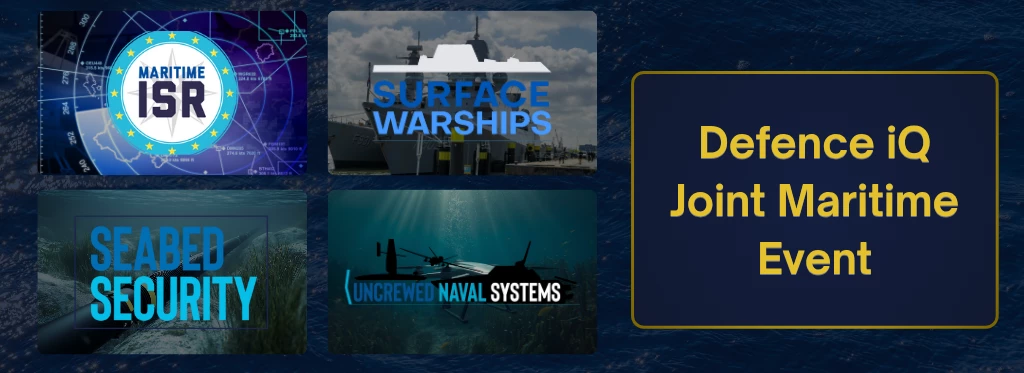Charting the Rise of China’s Global Naval Fleet
Add bookmarkAfter 20 years of Chinese naval modernization, 2019 will be remembered as a seminal year in the PLA Navy’s trajectory towards becoming a global naval force.
2019: The Year of Strategic Naval Strengthening
In September this year, the PLA Navy announced the first ever deployment of a Type 052D/Luyang II-class guided missile destroyer Xining as part of its decade long escort task force operations to the Gulf of Aden. While the news of China Navy Ship (CNS) Xining’s deployment with the PLA Navy’s 33rd escort task force did not garner much attention internationally, it does provide an indicator of the trajectory of the PLA Navy. The deployment of CNS Xinjing, a so-called “carrier killer” destroyer with 64 vertical launch system (VLS) cells, is a visible reminder of the PRC’s strategy to project naval power across international waterways.
Back in April, the PLA Navy also unveiled one of the most combat-capable surface combatants on the planet, the Type 055/Renhai-class guided missile cruiser. By the end of August, there were eight Renhai-class cruisers in their late stages of construction at shipyards in Jiangnan Dao or Dalian or operationally assigned to the PLA Navy. With its 112 VLS cells fully loaded, this 12 ton behemoth will be able to project naval power with a mix of HHQ-9 surface-to-air, YJ-18 anti-ship, and CJ-10 land-attack cruise missiles, all of which are equal to or in some cases, like the YJ-18, can even out perform their U.S. counterparts.
Download Defence IQ's annual Surface Warships Market Report here
More recently, too, the PLA Navy launched its first Type 075 amphibious assault ship. While this 40,000-ton amphibious warship, which resembles the U.S. Navy’s own Wasp-class amphibious assault ship, is designed to enable Chinese forces to launch an invasion on Taiwan, a more strategic perspective concerns the role of amphibious assault forces in supporting Beijing’s global aspirations under the Belt and Road Initiative.
Expanding Naval Shipbuilding
While these three platforms represent the high-end quality of naval warfare, just as equally important is the issue of numbers of warships and in that regard the PRC has dominated the international arena with the quantity of it’s fleet, the largest navy in the world today.
Even as early as 2015, it has been clear the PRC’s naval shipbuilding would continue unabated through the third decade of the millennium, and that PRC’s leaders would move rapidly to increase the PLA Navy’s order-of-battle to support of an expanding set of missions to fulfill their “China Dream” of national rejuvenation and restoration.
This should not be a surprise, as the PRC has been producing essentially four times as many naval combatants as the USA for over the past decade. This trend is expected to continue. Today the PLA Navy consists of just over 370 surface combatants and approximately 66 submarines. By 2030, if left unchecked, the PLA Navy could be over 450 surface combatants and over 100 submarines. The impact on this growth cannot be underestimated, especially as it pertains to Beijing’s global aspirations.
As the PLA Daily noted on the occasion of the 10th Anniversary of the PLA Navy’s Escort Task Force deployments in the summer of 2018, “the Chinese Navy is no longer worried about warship shortages. Not only were more warships built, the qualities had also been improved on a gradual basis.”
Charting the PLA's Strategic Trajectory
After 20 years of transformation, the PLA Navy today operates around the world from the Baltic (and soon even from the Barents) to the South Pacific and from the Arctic to the Antarctic. As noted in an August 2018 interview, the U.S. Chief of Naval Operations characterized the PLA Navy as a global force that is “both ‘ready and capable’ of operating wherever Beijing wants.”
Based on the PRC’s publicly stated strategic goals, it looks likely that the PLA Navy will continue to receive the resources required to complete its transformation into a credible naval force which, if left unchallenged, will not only sail the seven seas, but can achieve sea control in the global maritime commons as early as 2030, and potentially even sea superiority by 2049.
There appears to be one significant impediment to the PRC’s strategic trajectory and that is the current U.S. Administration, which is challenging it unlike any other. Time will tell, but their policies may be the difference in deciding the future of China’s strategic naval power.
























